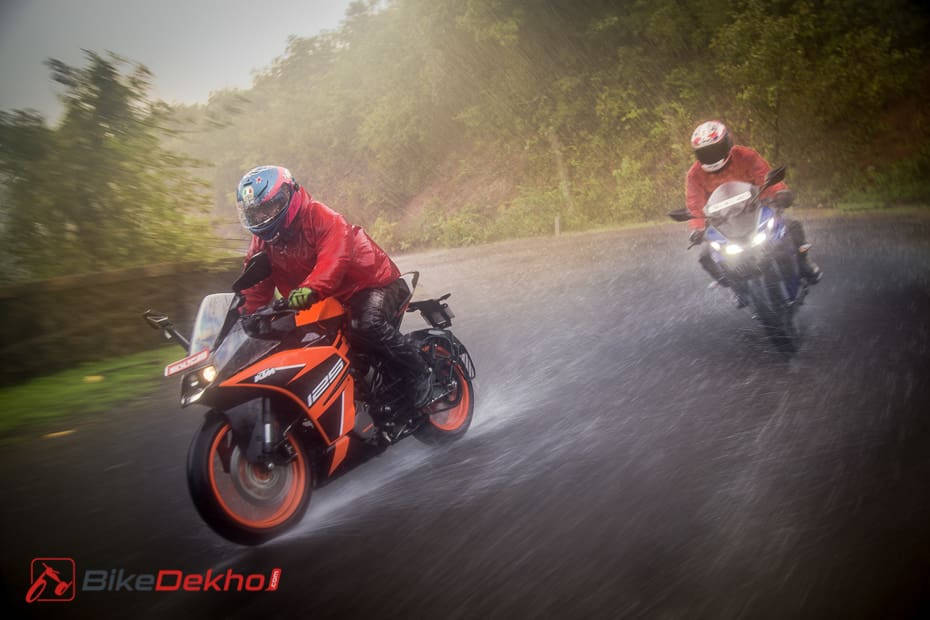Touring Tips: Ways To Make Riding In The Rain Safer And Comfortable
Modified On Jun 20, 2020 03:57 PM By Benjamin Noel Gracias
- 1029 Views
Preparing well in advance will help you deal with the dangers associated with riding in the monsoon

India, on average, experiences four months of monsoons. While this time isn't favourable for long-distance touring, here are some things to keep in mind for a comfortable and safe journey.
Also read: Touring Tips: 5 Do’s And Don’ts
Invest in good waterproof riding gear

It is best to invest in an all-weather jacket and pants as well as waterproof touring gloves and boots. There are many brands that you can opt for depending on your budget. Some examples are Rynox, Shima, Alpinestars and Dainese. If you already have riding gear and do not want to invest in another pair, you can opt for a slightly larger rain jacket and pants that you can wear over your existing riding gear. Staying dry will keep you comfortable and focussed more on the road. To keep your helmet visor from fogging in the rain, invest in a pinlock visor or have the helmet visor slightly open to let the humidity out.
Also read: Touring Tips: How To Ensure A Safe Ride?
Keep your luggage dry

Needless to say, waterproof saddlebags will ensure you have warm and dry clothes to wear at the end of your ride. If you do not have waterproof saddlebags, keep your clothes and belongings in a large plastic bag, seal it, and place it inside the saddlebag.
Avoid outside water
You never know if it is potable. Buy packaged drinking water or carry your own. The same goes for food. Unless it is a restaurant you trust, go for packaged food like chips and biscuits.
Also read: Touring Tips: How To Prepare Your Motorcycle For Touring?
Ensure your tyres are in good condition

Your tyres should have at least 3/4th tread. This will ensure maximum grip on wet roads. Also ensure your bike has been properly serviced and the chain lubed to prevent rust.
Ride your bike as upright as possible

Your tyres have maximum contact with the road when they are upright. Staying that way ensures maximum grip. This means less lean angles in corners to slow down.
Keep speeds lower than usual
Your motorcycle will take a longer distance to brake in the wet than it would in dry road conditions. Riding at a lower speed than usual will also help you react better to the pothole or speed breaker you did not see because of the downpour and fogged up helmet visor.
Smoothness is the key

If you have a large-capacity motorcycle, avoid sudden acceleration and deacceleration as this could cause the rear tyre to spin on slippery surfaces. Same goes for braking. Avoid hard or panic braking. The smoother your inputs, the smoother the bike will behave and the safer it will be.
Keep a lookout for standing water

You never know if there is an open manhole underneath. Also, water on the highway could cause your motorcycle to aquaplane and lose control. If you are riding after rains, look out for dry patches and ride on it as much as possible as these will offer more grip. Avoid riding over those rainbow coloured oil patches as they are one of the most slippery parts of the road.
These were some tips to ensure you have a safe ride. If you have any other suggestions, do let us know in the comments below.
